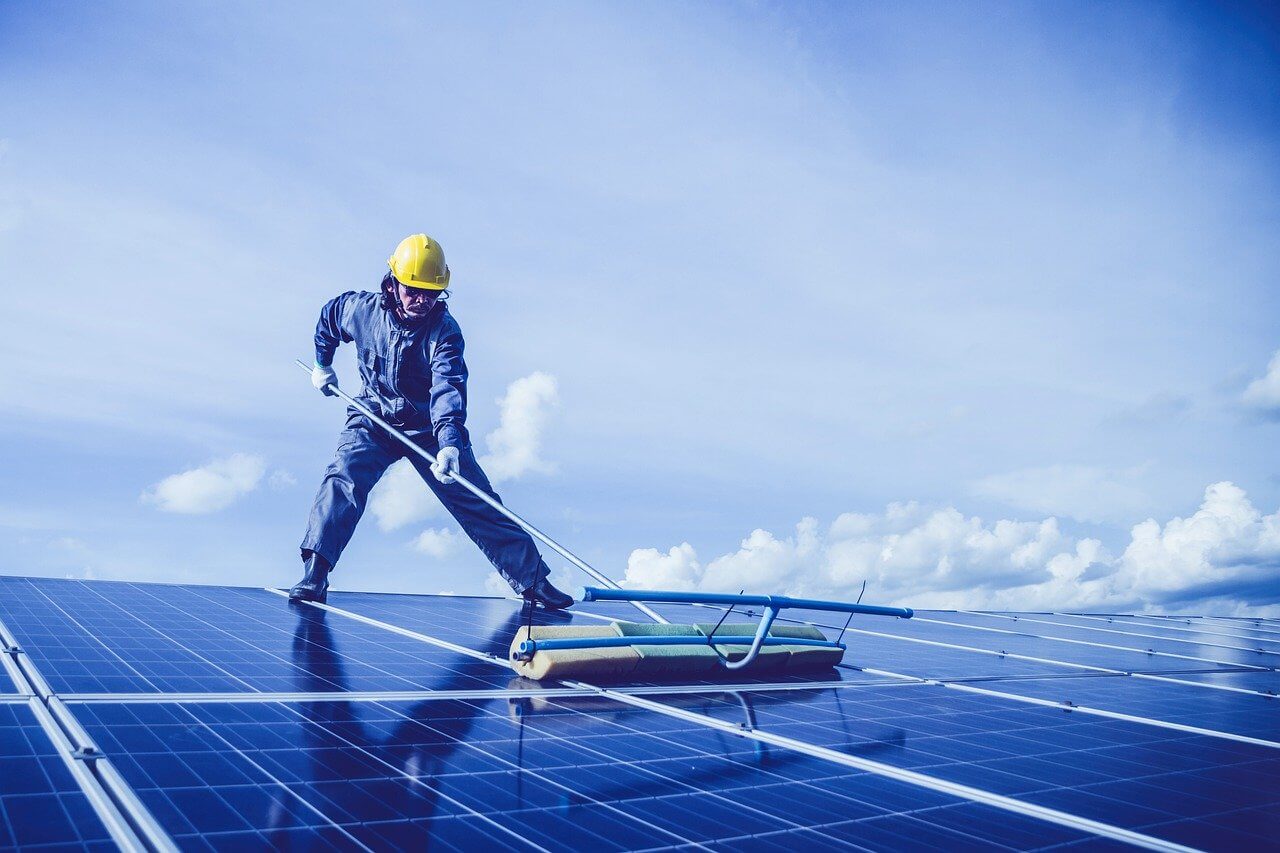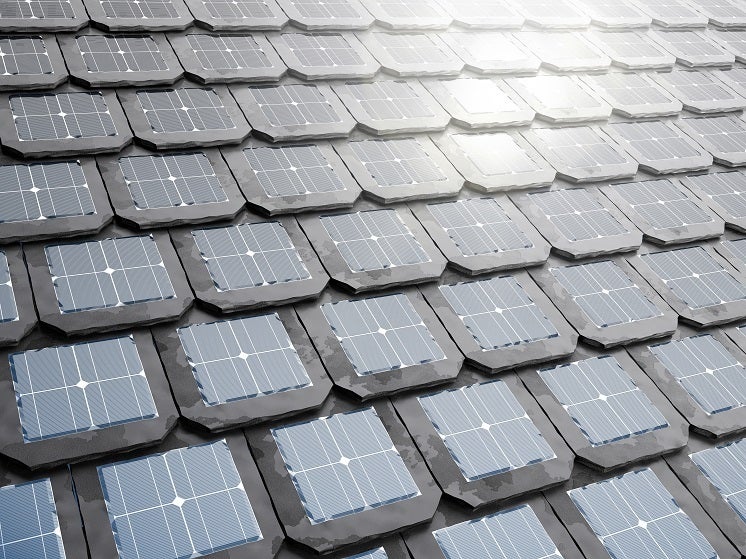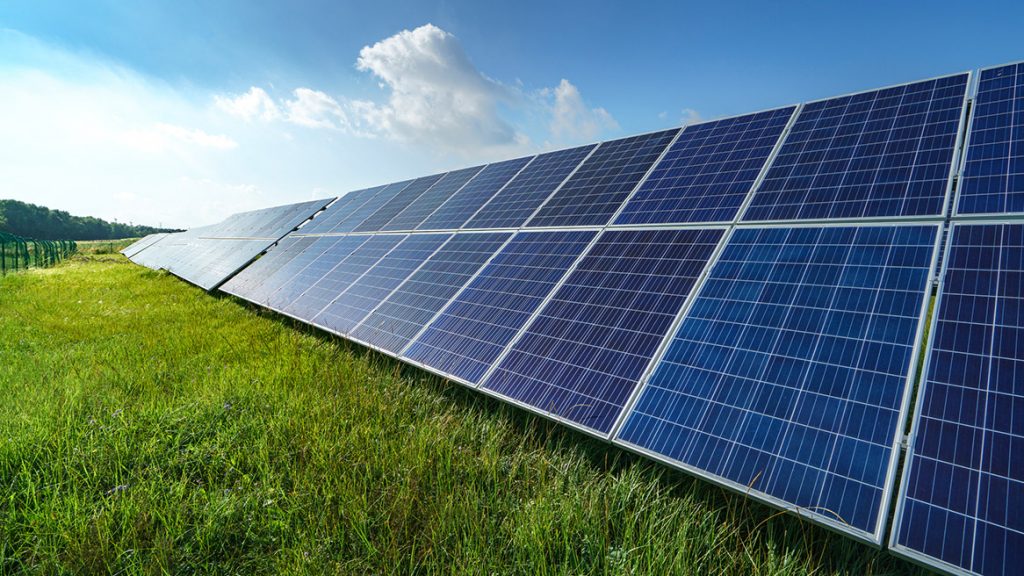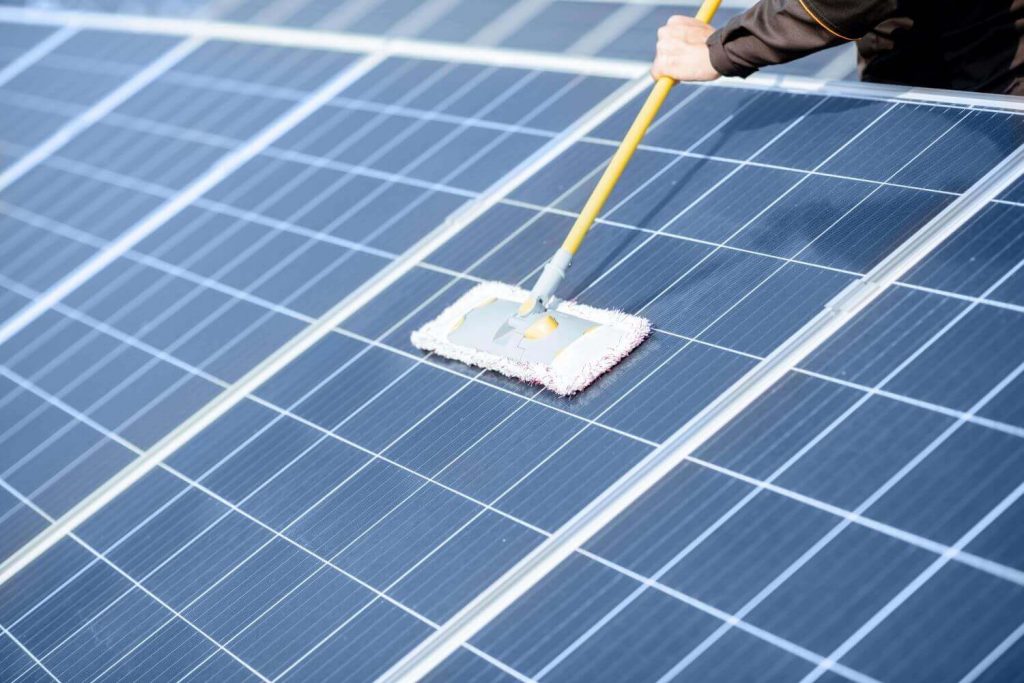Blog
Solar panels and bad weather: 5 Tips to Care

Solar panels work, as the name suggests, by converting energy from sunlight that falls onto the photovoltaic panels into electricity, either to be used straight away or stored for later. That’s all very well in sunny day, but what happens when it rains, or turns dull? Solar panels and bad weather, we can’t predict weather after a few hrs. Many parts of the UK have seen an extremely changeable Spring this year, with a few periods of sun interspersed with more frequent times of rain, clouds and even storms and hailstones.

The good news is that, even when the sun doesn’t shine down for hours on end, solar panels do still work, converting solar energy into electricity. Think about how we can still get sunburnt on an overcast day – some of the sun’s rays can still break through in a cloudy day.
While UV solar panels are more effective the brighter the day is, the technology carries on working, so long as there is some light available. In fact, the rain can even do the panels a favour, as it can wash away any dirt or debris on them, clearing the solar cells to react with sunlight, uninterrupted. So, how do you care for solar panels in adverse weather conditions and help them withstand a harsher environment?
How to care for solar panels in adverse weather conditions?
Start Right

Ensure that the panels are secured tightly to the roof or flat surface when they are installed to prevent the wind from lifting and damaging them, or heavy snow pulling them out of position. Do your research carefully to make sure that you choose the most appropriate system for your individual circumstances and the weather that your area is most likely to encounter. Choose a supplier that can prove their products have undergone extensive testing in different conditions.
Waterproofing
Solar panels that are not waterproofed properly can have rain get inside and damage individual cells. Rain can also flood the panel, meaning that less amount of sunlight can reach the parts that react with the solar energy. It can be very hard to repair a flooded panel, so it is wise to ensure that all components of the solar power system are waterproofed correctly and remain in that condition for their entire working life.
Stay Informed
Keep up with local weather reports and forecasts so that you can have a better idea about what’s coming. Check your insurance policy to see what’s covered in terms of weather damage and know what to do if your electricity supply is suddenly interrupted or compromised. Have the details of a maintenance or repair company to hand in case you need to call on their services and finds out what protective measures you can take to look after your panels system in bad weather, e.g. by installing a cover of some kind.
Cleaning and Maintenance

Set up a regular maintenance contract so that you can have regular access to a solar panels expert to keep your system running efficiently. Keep an eye on your panels to make sure they stay as clean as possible – rain can help with this, but you may also need to get up there with some water and a cloth to wipe away any larger
patches of dirt, bird excrement, tree pollen, leaves or branches etc. and to keep the panels free to absorb solar energy as they are designed to do. Install a cover to help reduce the amount of cleaning work required
Winter Wear and Tear
Although the UK Spring hasn’t exactly been gloriously hot and sunny, the most common season for bad weather is, obviously, winter, with its colder temperatures and greater risk of snow, frost and hail. Protect your panels from damage from sharp hailstones, or lingering frost with toughened glass covers, e.g. plexiglass. These can be installed fairly easily and will prolong the useful life of your panels.
If you can do so safely – and only if this is the case – clear away any heavy snow that settles on the panels to prevent the weight from cracking them. If in doubt, call in a maintenance expert to do this job for you. Of course, you can also help prevent snow from building up when you first install the panels by having them at a tilted angle to help snow and other debris slide off.

